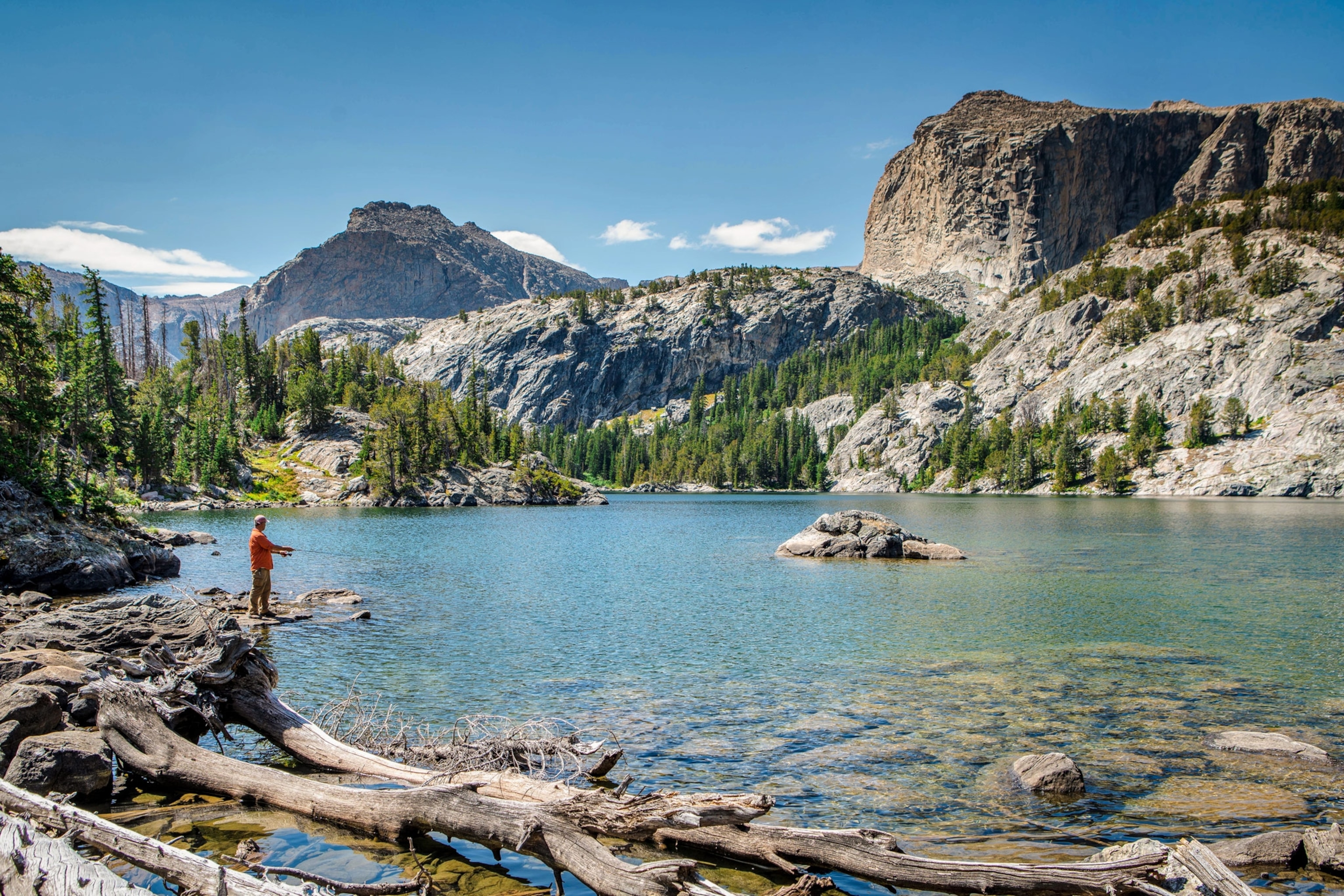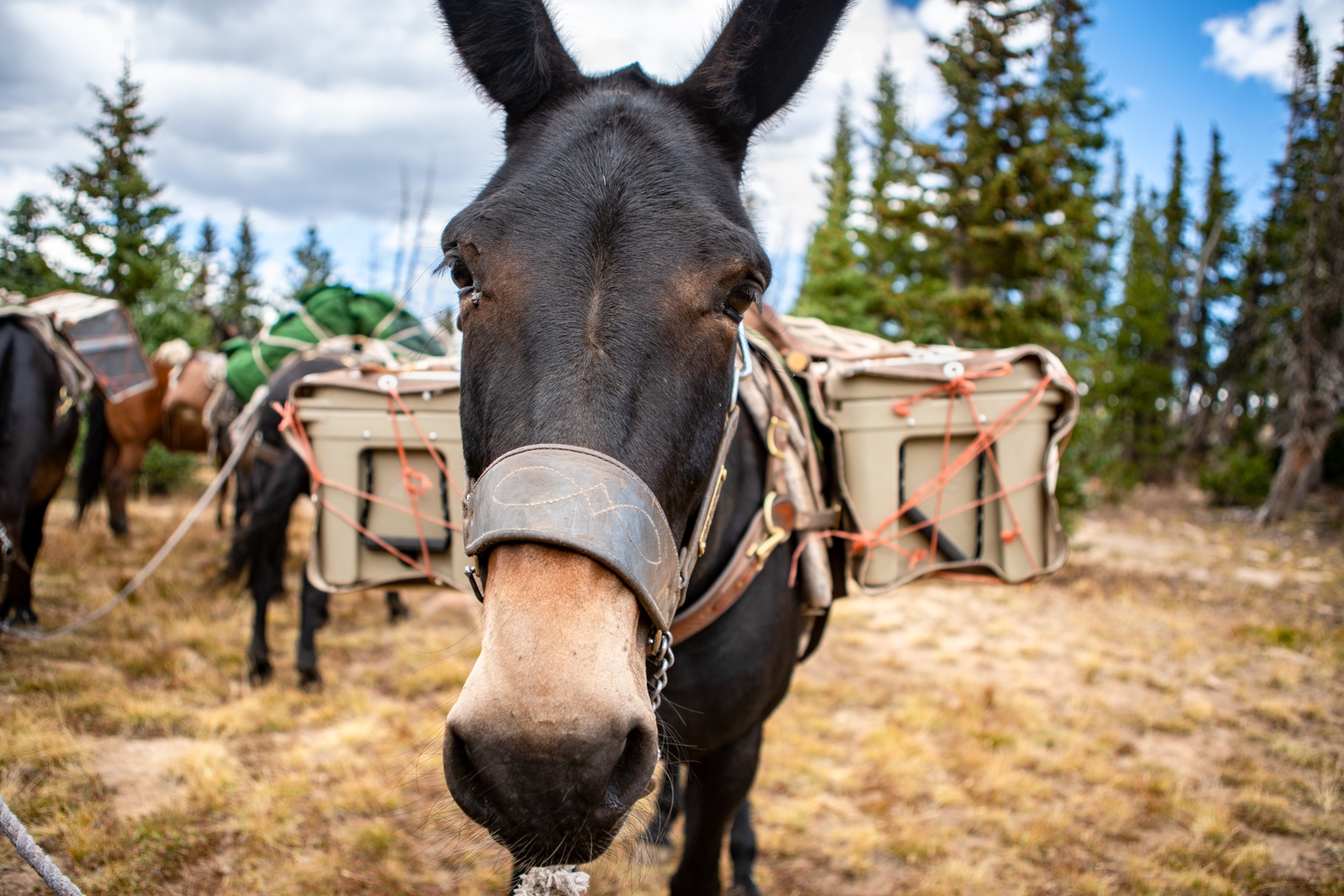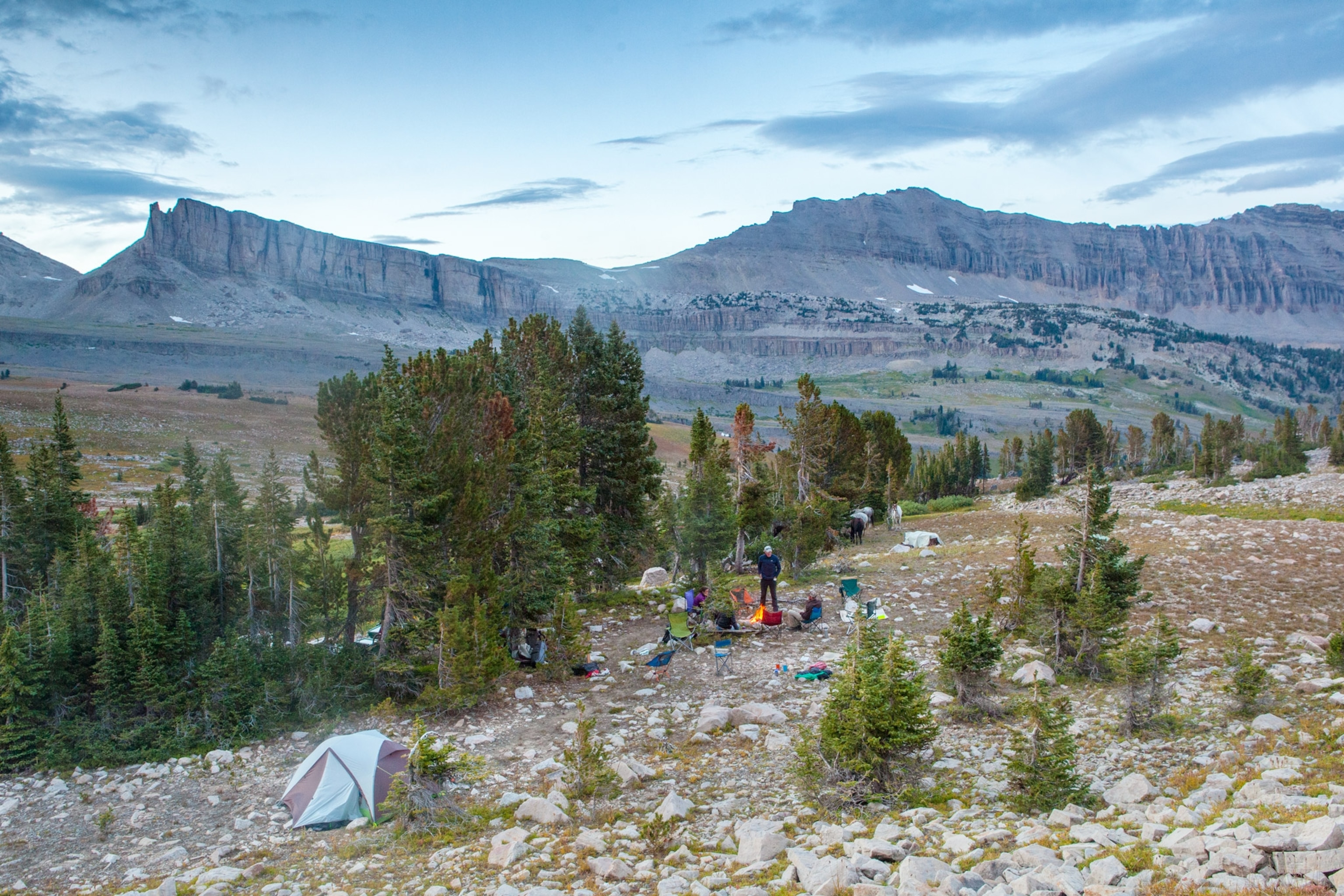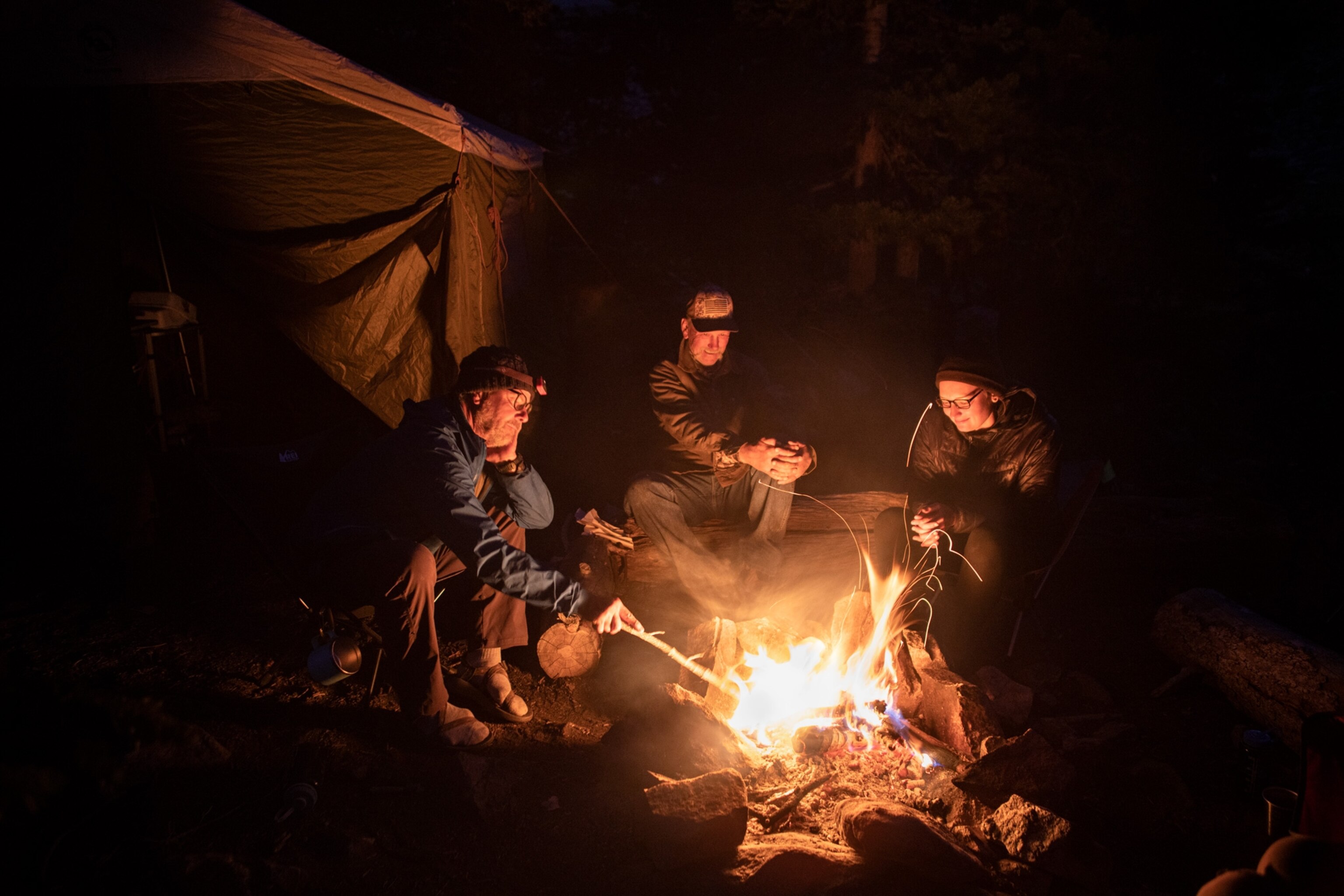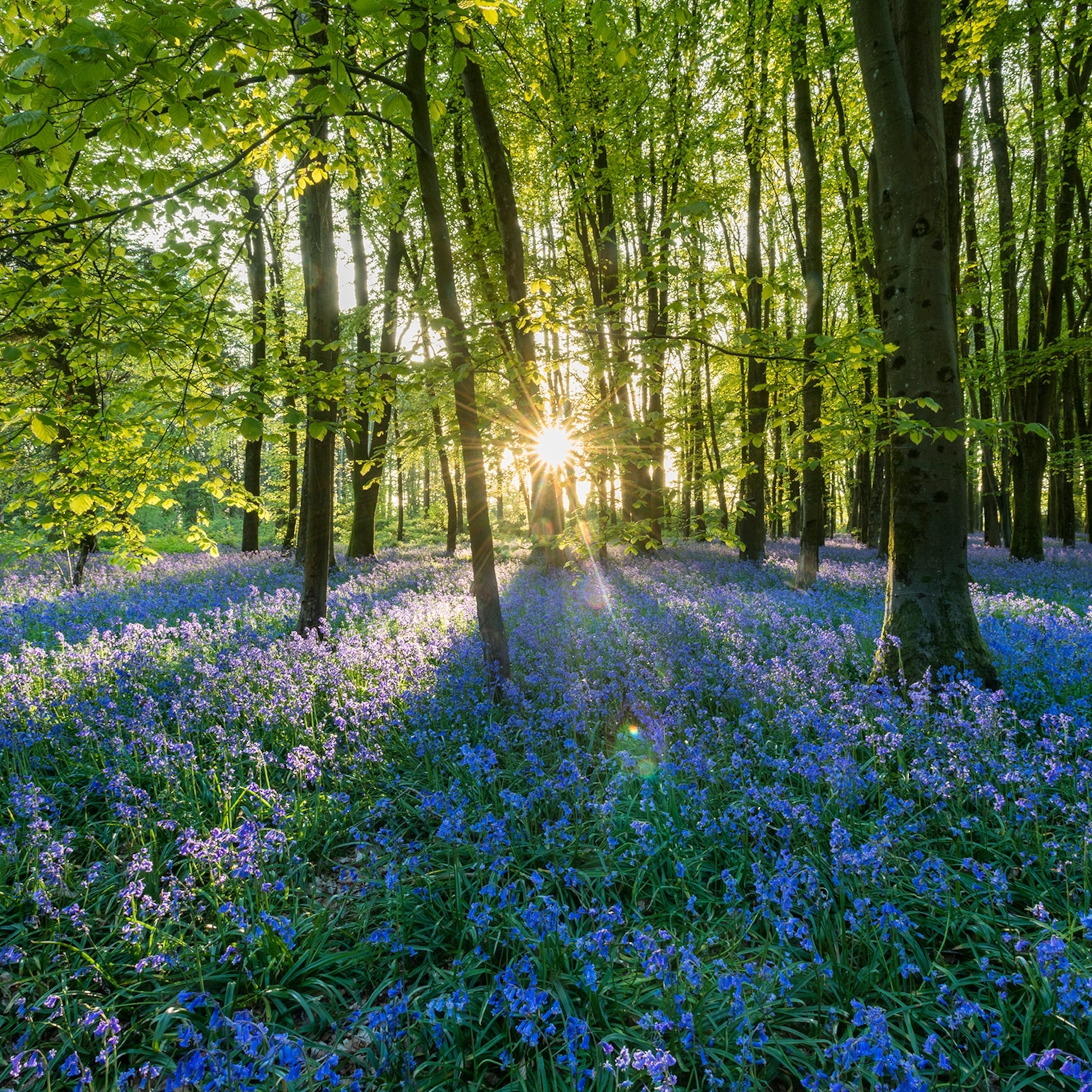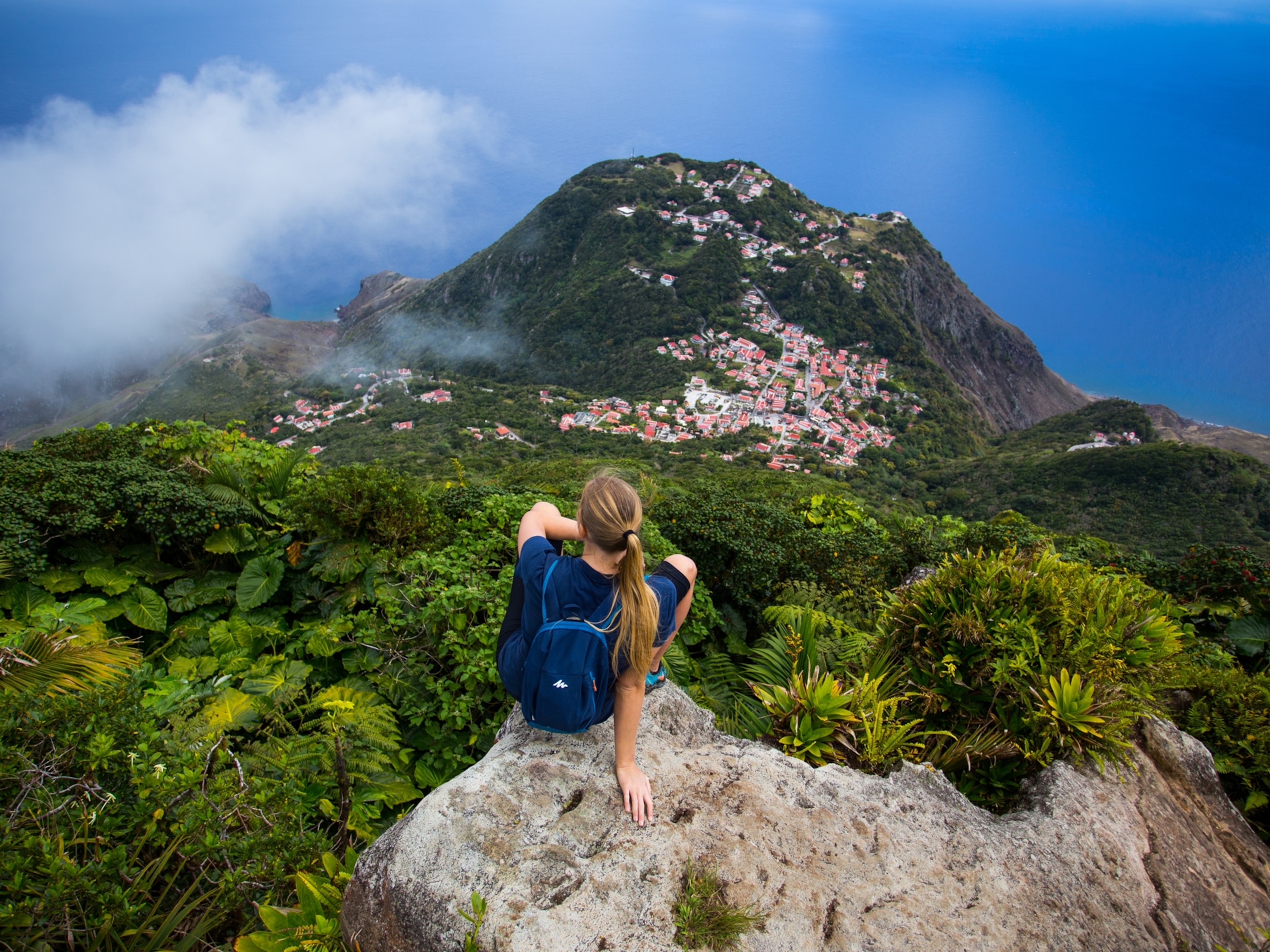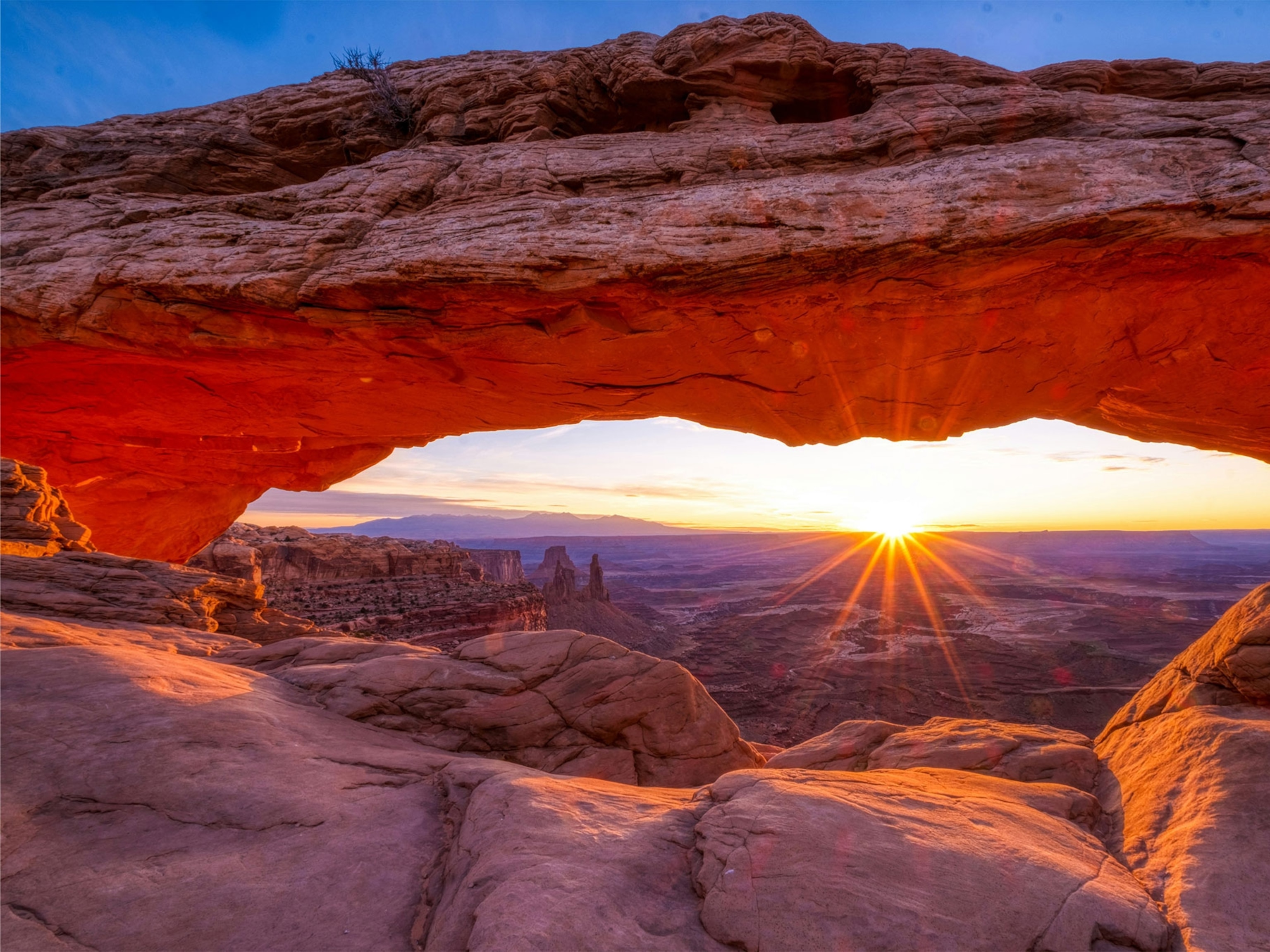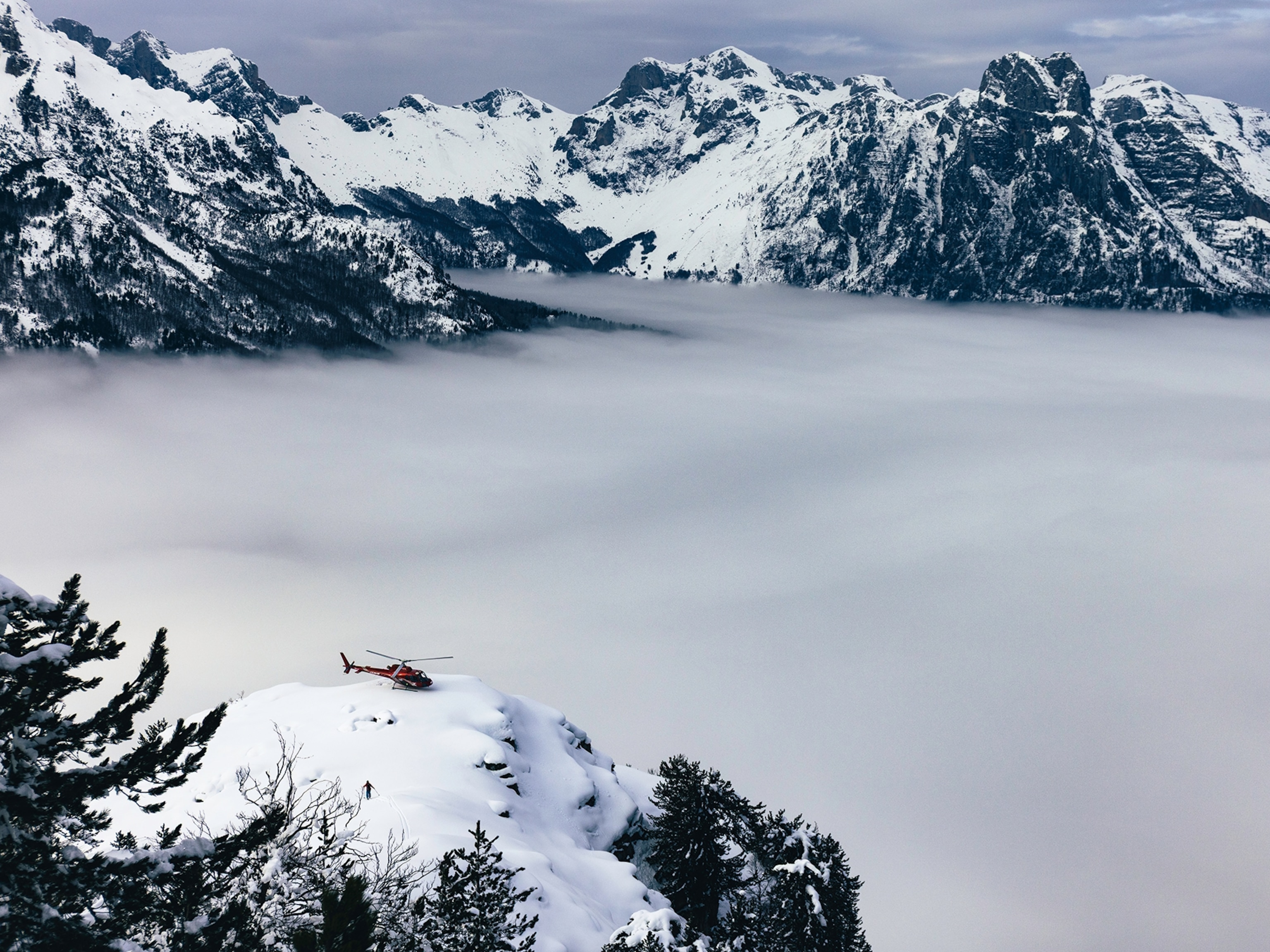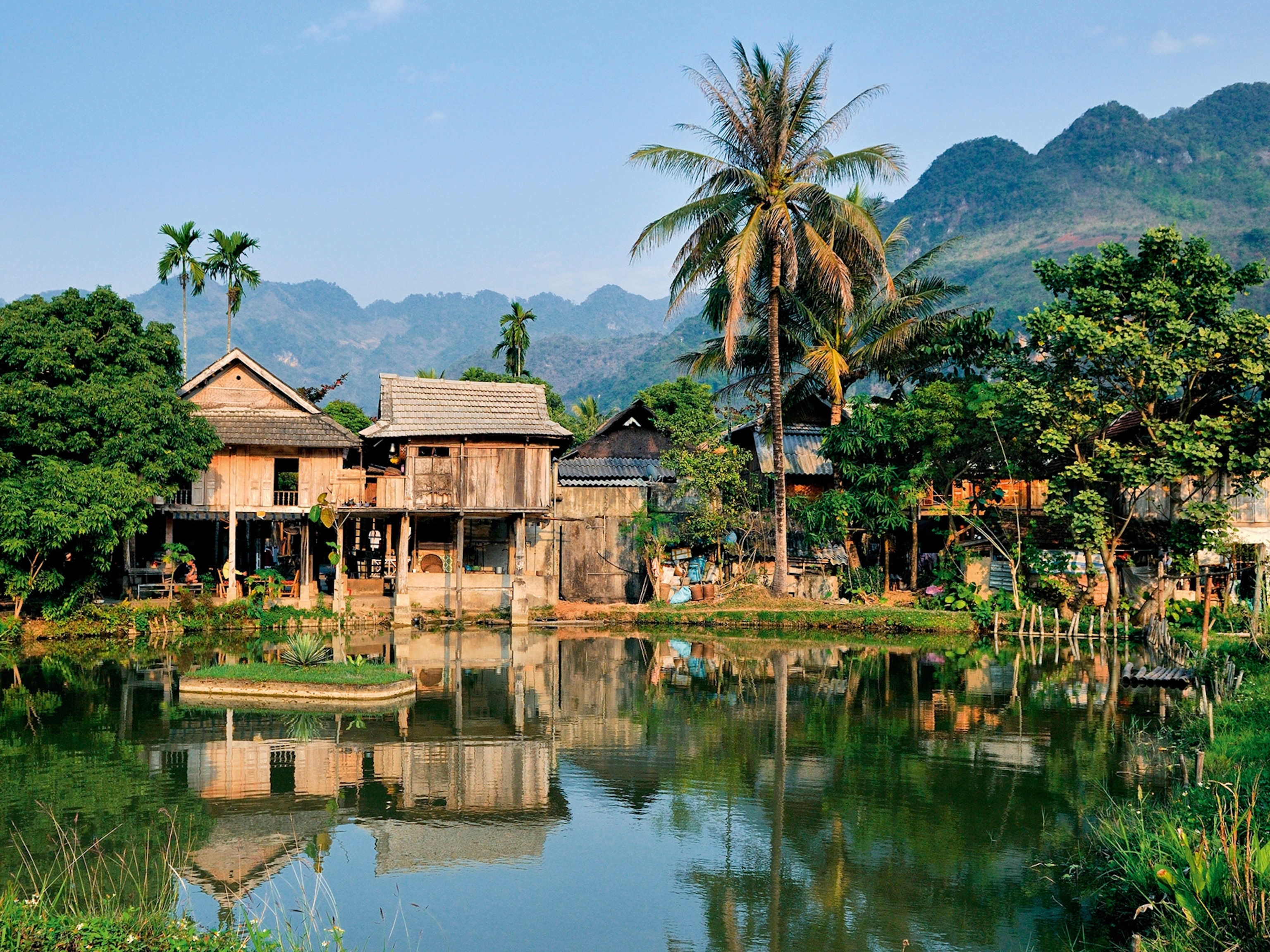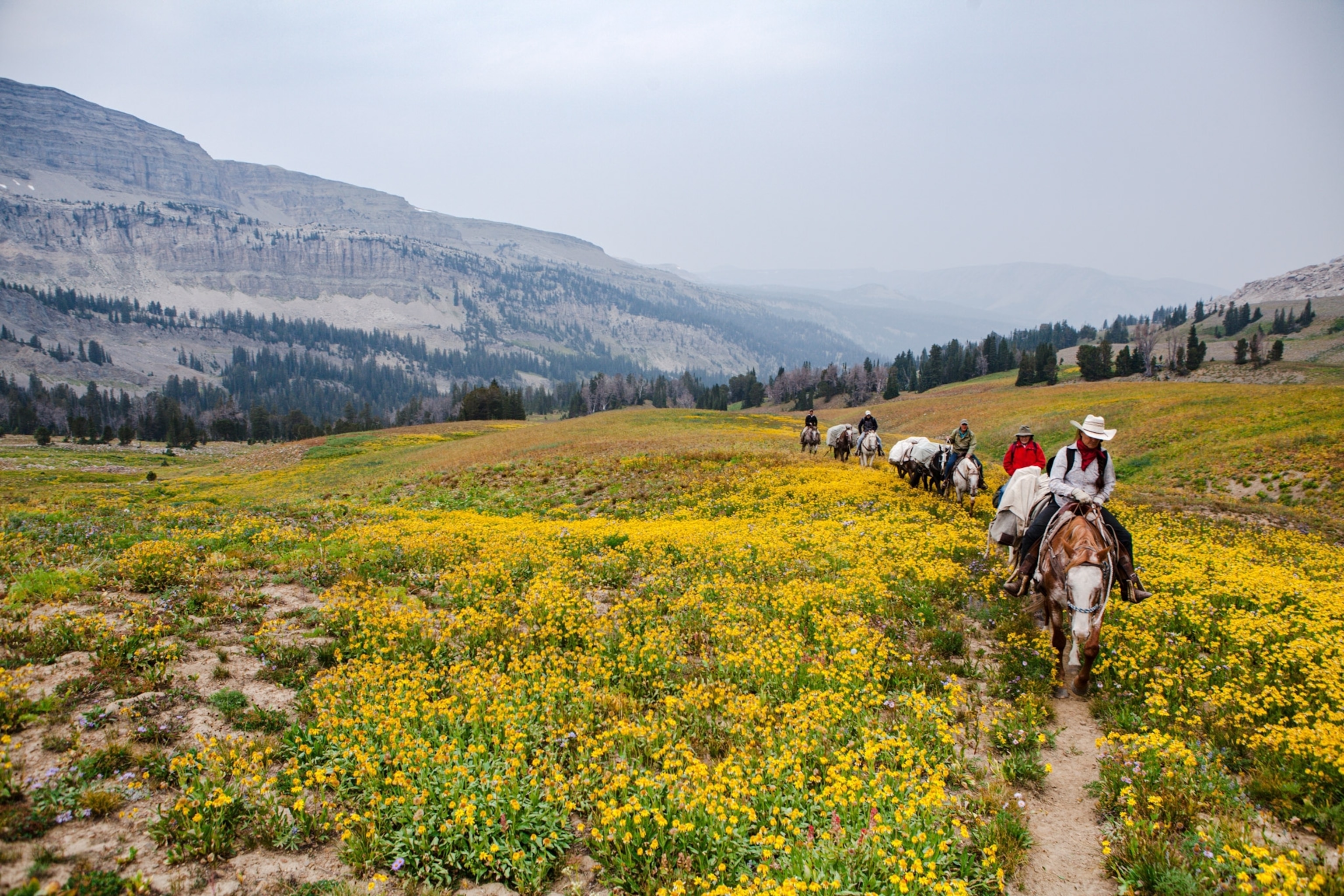
Looking for room to roam? Try a ‘pack trip’
Horseback journeys in the Wyoming wilderness offer a deep connection to nature.
I snapped awake in my sleeping bag as the day’s first light set fire to the granite peaks above our campsite. Deep in Wyoming’s Wind River Range, the air was frosty as I unzipped my tent and crawled outside. Across a meadow vibrant with wildflowers, I saw our horses look up from their morning graze.
“Breakfast is ready!” my dad called. Heath, our guide and a true Wyoming cowboy, handed me a tin cup of coffee and a plate of eggs and grilled trout that we had caught the day before. On this third morning of our weeklong wilderness pack trip, we had no pressing plans, and our only task was to watch the sun rising over the mountains. We would need the energy—later in the day we would hike to see a glacier along the Continental Divide.
The history of pack trips in the United States can be traced to the early 19th century, when explorers and trappers ventured west into the uncharted territory of the Rocky Mountains. Small strings of mules and horses were employed to help lessen the burden of carrying heavy equipment and supplies across great distances.
Nowadays, pack trips continue to offer a travel experience that nods to the past, but instead of supporting intrepid expeditions into unexplored country, they provide camping adventures in remote mountain locations where comfortable canvas tents, solar showers, and gourmet meals are the norm.
Days are spent exploring the stunning landscapes, fishing in mountain lakes, and watching wild animals roam the high alpine terrain. In the evening, dinner is cooked over campfires as the Milky Way prepares for a superlative nighttime show. In a world where the pace of daily life is ever faster and our interactions increasingly virtual, pack trips offer a chance to apply the brakes and reconnect with family, friends, and nature.
Slowing it down
In 2019 National Geographic conducted a survey of 3,500 people regarding travel styles and outlooks for future vacations. The results showed an increased preference for trips that are sustainable and foster rich connections with places and cultures. A similar study conducted by the Adventure Travel Trade Association (ATTA) echoed this perspective.
“Recent data shows that [slow and immersive] travel is on the rise,” says Shannon Stowell, CEO of the ATTA, “The days of packing on to a bus to hop off, snap a picture, and get back on, feel antiquated … it has always been the preference for adventure travel companies to provide one-of-a-kind experiences with people, wildlife, or nature.”
The growing concept of “slow travel” parallels the popular slow food movement and encourages meaningful connections with places, people, nature, and oneself through sustainable and environmentally conscious experiences. Rather than focusing on the itinerary of a particular journey, slow travel advocates for a change in mindset that brings emotional, cultural, and even physical benefits. Such a mantra allows for its doctrines to be applied just as easily in a nearby town as across the sea. Opting for a homestay in place of a hotel, exploring the history of an unfamiliar neighborhood, or venturing into the wilderness are all examples of slow travel. Adding nature into the equation seems to boost the benefits even more.
(Related: Discover how nature affects your brain.)
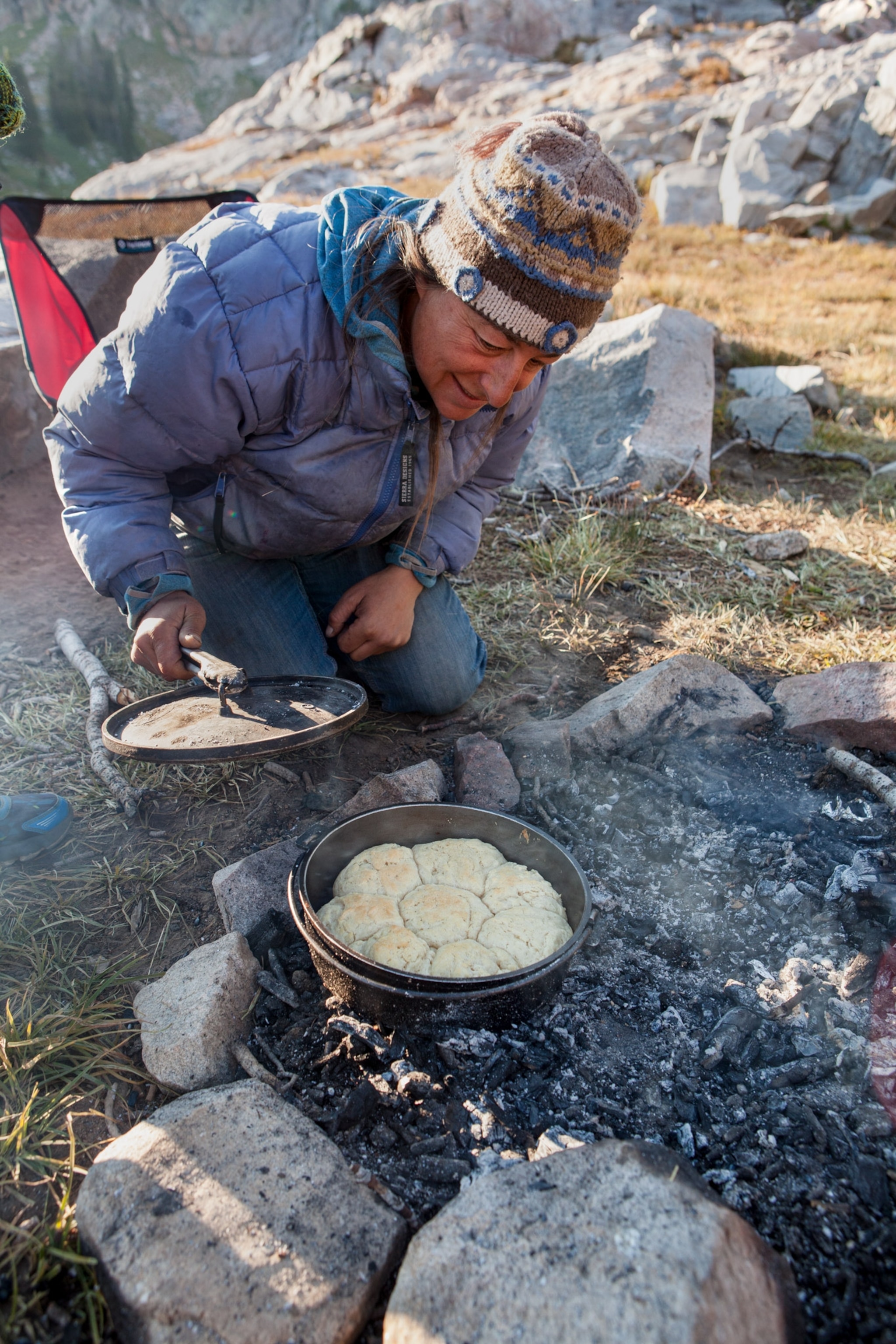
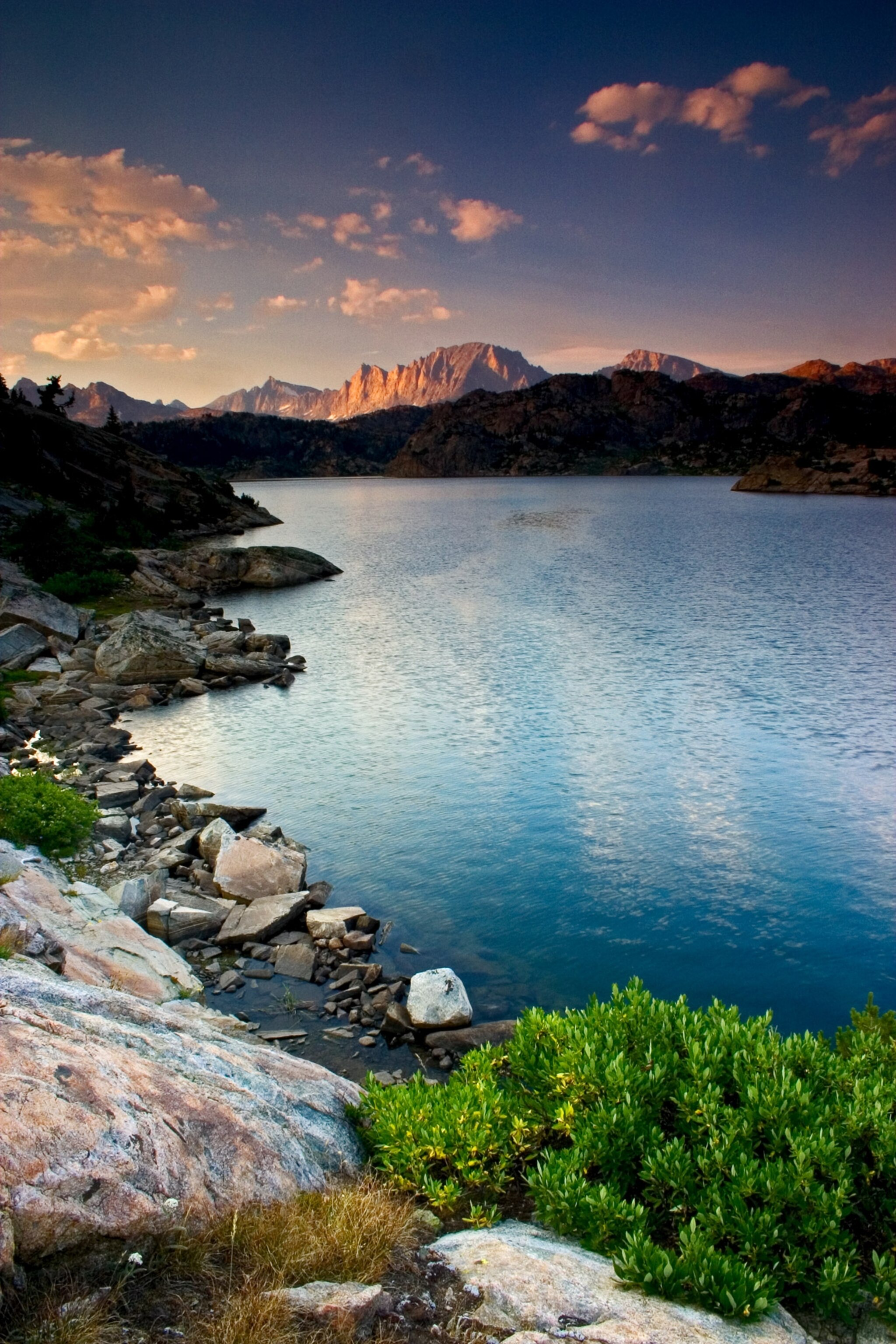
A 2015 study from Stanford University published in the Proceedings of the National Academy of Sciences found that spending time in nature reduced negative thought patterns, stress, and depression. Simply put, being in nature makes us happier. While this fact might ring true, not everyone is comfortable strapping on a backpack and heading for the hills. Pack trips, however, make it easy, with four-legged transportation, an expert guide, and a suite of “at-home” luxuries.
They also offer access to some of the country’s 100 million-plus acres of protected wilderness that is closed to motorized travel. Tory Taylor, an author and outfitter of 40 years, regularly seeks out the healing power of the natural world on horseback. “The rhythms of wilderness are slow and soothing,” he says. “The drumming plod of horses’ hooves sets a calming cadence.”
During the coronavirus pandemic, air travel and hotel stays have plummeted, and international tourism is at a near standstill. Outdoor recreation has become the go-to experience. “We are seeing that people are interested in longer trips right now,” says Peter Linn, a third-generation outfitter in Wyoming. “They want to slow down and enjoy a different pace instead of seeing multiple national parks in a single weekend,” he says. “Pack trips are providing an opportunity for anyone to enjoy that feeling, even if they aren’t hardened outdoors people.”
Taking the reins
In the western United States, outfitters offer pack trips that range from short overnights to multiweek expeditions, and they often can cater to specific interests such as hiking, fishing, or wildlife watching. Spring and summer bring warm weather and wildflowers (and sometimes mosquitoes), while fall is more conducive to spotting wildlife.
(Related: Explore gaucho culture at Patagonia’s horse ranches.)
Responsible companies, such as Bear Basin Adventures (Wyoming’s Wind River Range) and Pendergraft Outfitters (Wyoming’s Tetons, Gros Ventre, and Absaroka Mountains), treat their horses and mules well, remaining cognizant of how much they can carry and how far they can travel comfortably. The bond between the guides and the animals is often strong and can be a reason in and of itself to join a pack trip. That said, when researching options, don’t hesitate to ask questions about the animals’ welfare.
Saddling up and slowing down can be an enriching, even transformative, experience. “Watching people discover the natural world,” says Taylor, “is like watching a butterfly emerge from a chrysalis…they blossom right before our eyes.”

